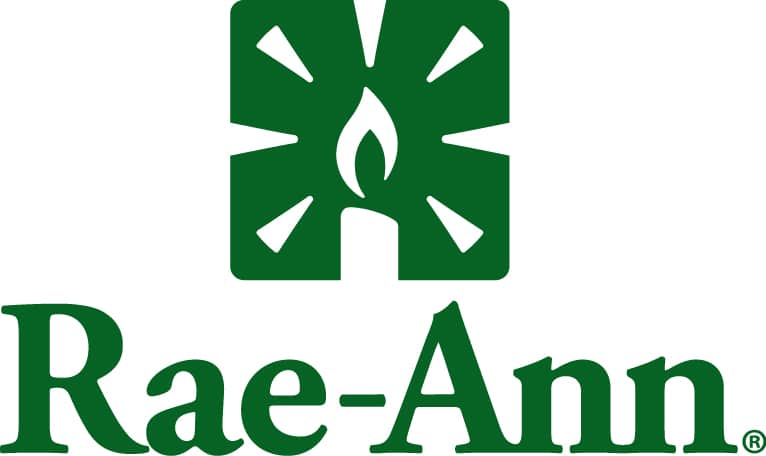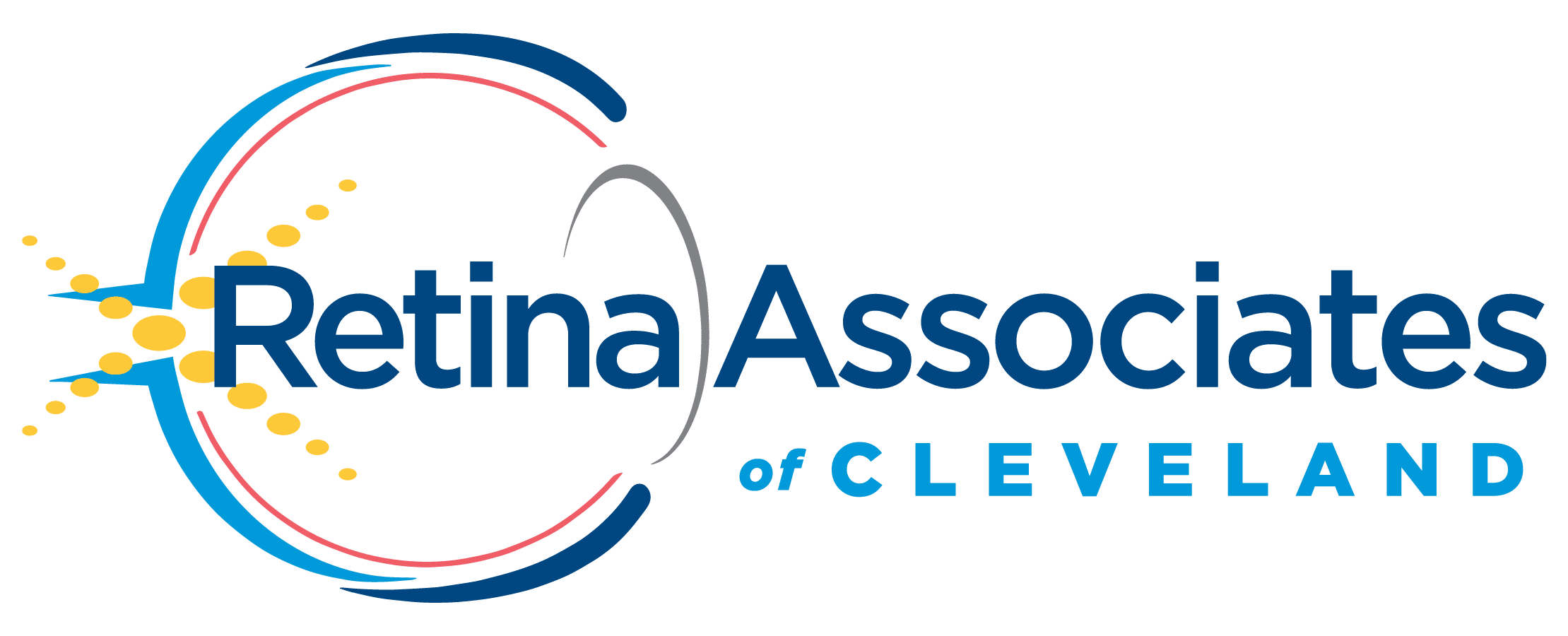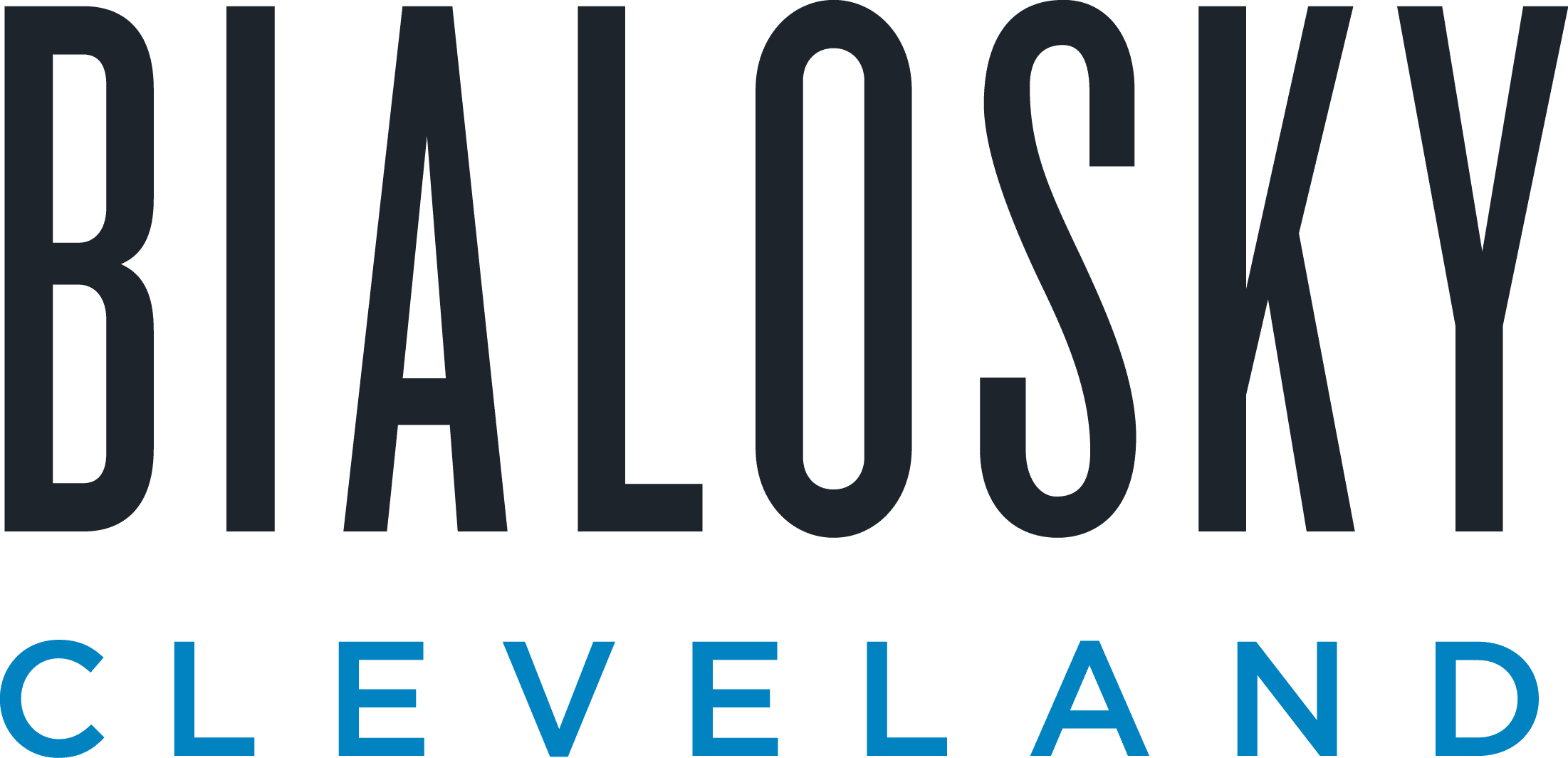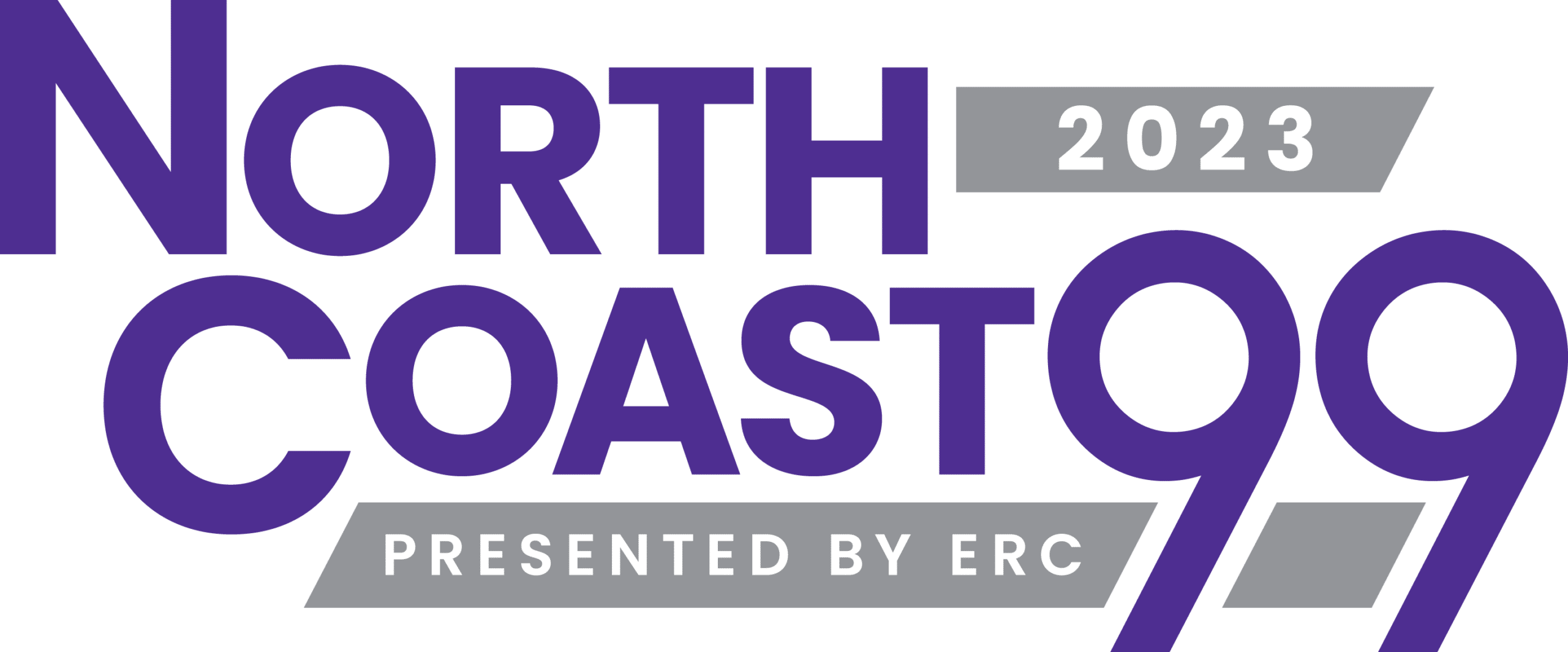The Newest Relief Plan Designed for All Americans
The $1.9 trillion American Rescue Plan Act of 2021 (ARPA) is one of the largest relief bills ever enacted and includes a broad mix of relief measures for individuals, businesses and pension plans. Signed into law by President Joseph R. Biden on March 11, 2021, the ARPA addresses the continuing economic impact of the COVID-19 pandemic with scores of new provisions aimed at putting money in the pockets of average Americans, helping businesses survive the economic impact, and supporting mass vaccination efforts, among other measures.
Most notably for individuals, ARPA provides a new round of $1,400 recovery rebate tax credits ($2,800 for married taxpayers filing jointly) plus $1,400 for each dependent for 2021. Like the first rebates enacted in 2020, these will be paid in advance to qualifying taxpayers. The law also provides for tax-free treatment of the first $10,200 of unemployment benefits received in 2020.
For businesses, ARPA expands loans available under the Paycheck Protection Program (PPP), and provides additional funding for the targeted Economic Impact Disaster Loan (EIDL) payments. The law also extends the employee retention tax credit and paid sick and family leave credits.
Following is a summary of the major tax-related provisions of ARPA. In the coming days we will inform you of further details.
Individual Relief
- Recovery rebates – The ARPA legislation provides individuals with a $1,400 recovery rebate credit ($2,800 for married taxpayers filing jointly) plus $1,400 for each child and non-child dependent for 2021, payable in advance. The recovery rebate credit phases out ratably for taxpayers with adjusted gross income over $75,000 ($150,000 for married filing jointly, and $112,500 for head of household.). Adjusted gross income to apply the phaseout amounts will be from the 2019 income tax return unless the taxpayer has already filed a 2020 return. Like previous payments, these amounts are not taxable, and any excess received does not have to be returned. A provision to increase the rebate by using 2020 tax returns filed by September 1, 2021 is also included. Taxpayers who have an increase in adjusted gross income in 2020 as compared to 2019 may want to hold off filing 2020 returns as long as possible. This will maximize the amount of stimulus payments received.
- Child tax credit – The bill expands the Sec. 24 child tax credit, but only for 2021. The amount of the credit increases from $2,000 to $3,000 per child ($3,600 for children under the age of six) and is fully refundable. ARPA also expands eligibility to include 17-year-olds as qualifying children. Eligible taxpayers will start receiving advance payments for half of their credits beginning July 1, 2021 through the end of 2021. Taxpayers may opt out of the advance payments through an online portal the IRS will set up. The remaining half of the credit will be received when filing 2021 tax returns. The increased credit amount phases out for taxpayers with modified adjusted gross incomes over $150,000 for married taxpayers filing jointly, $112,500 for heads of household, and $75,000 for others.
- Child and dependent care credit – Under ARPA, the child and dependent care tax credit is made refundable for 2021, and the exclusion for employer-provided dependent care assistance is increased to $10,500 for 2021. Under previous law, the credit was equal to 35 percent of qualified expenses. The new law increases the credit to 50 percent of qualified expenses.
- Earned income credit – The bill also changes the Sec. 32 earned income credit by adding special rules for individuals with no children. The minimum age to claim the EIC is reduced for 2021 from age 25 to age 19 (except full-time students or qualified former foster youth or homeless youth). The maximum age is eliminated. Additionally, the credit’s phaseout percentage is increased from 7.65% to 15.3%, and the phaseout amounts are increased. The threshold for disqualifying investment income increases from $3,650 to $10,000. The credit is now allowed for certain separated spouses. Temporarily, taxpayers are allowed to use their 2019 income instead of 2021 income in figuring the credit amount.
- Unemployment benefits – The ARPA extends the enhanced $300 weekly unemployment relief to September 6, 2021. The most notable change makes the first $10,200 in unemployment benefits received in 2020 exempt from tax for taxpayers with less than $150,000 in income. This is a retroactive change to 2020. It is not clear if the IRS will establish a simplified method to amend returns for those who have already filed their 2020 tax return.
- Exclusion of Forgiven Student Loans – While the ARPA does not include full forgiveness for student loans, it does include an expanded exclusion of student loan amounts forgiven after 2020 and before 2026. Under previous law, exclusion from income was granted under certain conditions like death or disability. The expansion now allows exclusion from taxable income of discharge of student loans for any reason during this period.
- Premium Tax Credits – ARPA makes changes to the premium tax credit by increasing the affordability percentages used in calculating the premium tax credits to make credits available for individuals with incomes above 400% of the federal poverty line and increase credits for those already qualified. No repayment of excess premium tax credits is required in 2020. Individuals receiving unemployment compensation are also eligible to receive premium tax credits in 2021.
Business Relief
- Paycheck Protection Loans (PPP) – ARPA allocates an additional $7.25 billion towards PPP funding. Though ARPA does not extend the PPP application period March 31, 2021, separate legislation has been introduced in the House that would extend it for two months. ARPA further expands eligibility for PPP loans to eligible nonprofit organizations that employ no more than 300 workers, do not receive more than 15% of receipts from lobbying activities and for which the cost of lobbying activities did not exceed $1 million during the most recent tax year prior to February 15, 2020.
- Employee retention tax credit – ARPA extends the employee retention tax credit through the end of 2021. The employee retention credit was originally enacted in the Coronavirus Aid, Relief, and Economic Security (CARES) Act, and allows eligible employers to claim a credit for paying qualified wages to employees. In December, Congress extended the credit through June 30, 2021. The ARPA extends it through December 31, 2021. Under the bill, the employee retention credit would be allowed against the Sec. 3111(b) Medicare tax.
- Family and sick leave credits – Tax credits for COVID-19-related family and sick leave, which were originally enacted by the Families First Coronavirus Response Act in March 2020, are extended to September 30, 2021, and the limit on the credit for paid family leave is increased from $10,000 to $12,000. Additionally, leave credits will be allowed for leave that is due to a COVID-19 vaccination after March 31, 2021. The number of days a self-employed individual can consider in calculating the qualified family leave equivalent amount for self-employed individuals increases from 50 to 60. The credits also are expanded to allow 501(c)(1) government organizations to take them.
- Tax Treatment of EIDL grants – ARPA clarifies that amounts received as targeted EIDL advances and Restaurant Revitalization Grants will not be subject to income tax, and this exclusion from gross income will not result in a denial of a deduction, reduction of tax attributes, or denial of basis increase.
- Pension Plan Funding – The ARPA contains rescue funding and relaxes compliance rules for multi-employer pension funds that are in danger of financial failure. Approximately 100 of the nation’s 1,400 multi-employer pension plans are in critical financial condition and likely can’t survive with existing corrective measures. The ARPA provides an unspecified amount of financial support to help them guarantee payments to their members for the next 30 years, among other supports.
- COBRA continuation coverage – The law provides COBRA continuation coverage premium assistance through Sept. 21, 2021. A refundable credit of 100% of COBRA premiums is available to the employer (or whoever is to receive the premiums) through credits against Medicare Tax. COBRA continuation coverage premium assistance is not includible in the recipient’s gross income.
- Restaurant Revitalization Grants – ARPA creates a $28.6 billion Restaurant Revitalization Grant program to be administered by the Small Business Administrations. Eligible applicants will include restaurants, food trucks, and similar businesses that operate in fewer than 20 locations. Grant amounts are a maximum of $10 million, or $5 million per location, and the grants may be used for payroll, mortgage or rent, utilities, maintenance, supplies, food and beverage expenses, covered supplier costs, operational expenses, paid sick leave, and other expenses determined essential to maintaining the business. Restaurant companies that have applied for or received grants under the Economic Aid to Hard-Hit Small Businesses, Non-Profits and Venues Act are not eligible for Restaurant Revitalization Grants. These grants are not included in the restaurant owner’s gross income. No deduction or basis increase is denied, and no tax attribute is reduced by reason of the gross income exclusion. In the case of a partnership or S corporation that receives a Restaurant Revitalization Grant, the grant excluded from income under ARPA is treated as tax-exempt income. Since the Restaurant Revitalization Grants are treated as tax-exempt income, they will be allocated to the partners or shareholders and will increase their bases in their partnership interests.
- Community newspaper pension plans – ARPA enables financially distressed community newspapers to stretch out their required pension plan contributions over a longer time period. Community newspapers are generally family-owned, non-publicly traded, independent newspapers. Defined benefit pension plans sponsored by certain community newspapers may elect to have alternative minimum funding standards apply to the plan in lieu of the minimum funding requirements that would otherwise apply. ARPA expands availability of pension plan funding relief rules to include additional community newspaper plans. Specifically, the interest rate used to calculate the plan’s funding obligations is increased to 8%, and the amortization period is increased to 30 years, from seven years. To qualify, an eligible community newspaper plan must be maintained by an employer for participants and beneficiaries in the trade or business of publishing one or more newspapers which were published by the employer at any time during the 11-year period ending on December 20, 2019.
If you have questions about how the provisions of ARPA may affect you and your business, please contact your Barnes Wendling advisor.
Related Insights
Featured Post

Featured Client Testimonials
BW is a true partner to us. Their knowledge, expertise, and service are a valuable resource to us and play an important role in our success!
John Allen - Vice President of Finance, Kaufman Container

Featured Client Testimonials
I appreciate the exceptional tax advice we received over the years. The (BW team) has a good grasp of our business needs. Thank you for your excellent service.
John Griffiths - Owner, Rae Ann, Inc.

Featured Client Testimonials
The BW team has been fantastic to work with; both the team member at our office as well as at the partner level. Any issues or concerns are handled very efficiently and effectively.
Kelley Needham - Chief Executive Officer, Epilepsy Association

Featured Client Testimonials
Barnes Wendling has been our company accountants for over seven years. Their knowledge has been instrumental in helping us grow strategically during this time. And although we’ve seen many changes in our economy that we cannot control, we’ve always been able to trust the Barnes team to be by our side. The Barnes team feels like family. We can’t thank them enough for their support!
Christine Kloss - Controller, AT&F

Featured Client Testimonials
Barnes Wendling has been our company accountants for over 15 years. During this time, the business has grown exceptionally, and Barnes has kept pace, providing accurate, quality advice. Our finances are more efficient than ever, and the expense of hiring Barnes has been a definite positive add to our bottom line. I give my highest recommendation to their firm.
David Miller, MD - President, Retina Associates of Cleveland

Featured Client Testimonials
Barnes Wendling has provided us guidance and recommendations that have strategically helped strengthen our business and position ourselves for growth. We needed to hire a new VP of Finance and Controller this past year, and they were instrumental in helping us find the best candidates for our company.
Sara Blankenship - President, Kaufman Container

Featured Client Testimonials
We value the trust, accuracy of information, and reliability of Barnes Wendling and Mike Essenmacher personally. Mike has been instrumental as a trusted advisor on accounting, tax, and personnel issues. His advice is always accurate, and he is very reliable. His associates are also very talented.
Dominic Ozanne - President and CEO, Ozanne Construction Company

Featured Client Testimonials
We value Barnes Wendling’s expertise with all things accounting so we can operate our business using our strengths and allowing them to be our experts. They have also brought me a few business sale opportunities to allow me to grow my assets.
John Gaydosh - President and Metallurgical Engineer, Ohio Metallurgical Service

Featured Client Testimonials
Barnes Wendling (especially Lena) did a great job with our financials. Everything. It is extremely refreshing and comforting to know that all of our numbers are not only correct, but they are in the right place(s). Your diligence and reporting truly does make me (personally) feel better.
Thomas Adomaitis - Controller, Bialosky Cleveland

Featured Client Testimonials
I can wholeheartedly tell you that I have yet to work with an audit or tax team that have been more helpful, easy to work with, and committed than the team at Barnes Wendling- I have been through three different firms in the last few years.
Michelle Saylor, Former Controller, Aero Mag

Featured Client Testimonials
Floyd Trouten at Barnes Wendling CPAs is an “expert’s expert” when it comes to M & A accounting. Not only does he understand the evolving details of the Tax Code but he also sees the fine points of their application for owners, managers, investors, and financiers.
Mark A. Filippell, Western Reserve Partners

Featured Client Testimonials
The service is amazing at Barnes Wendling CPAs. The benefit is worth more than the cost. Sometimes it’s true that you get what you pay for.
Mark Boucher - Former Owner, Castle Heating & Air






